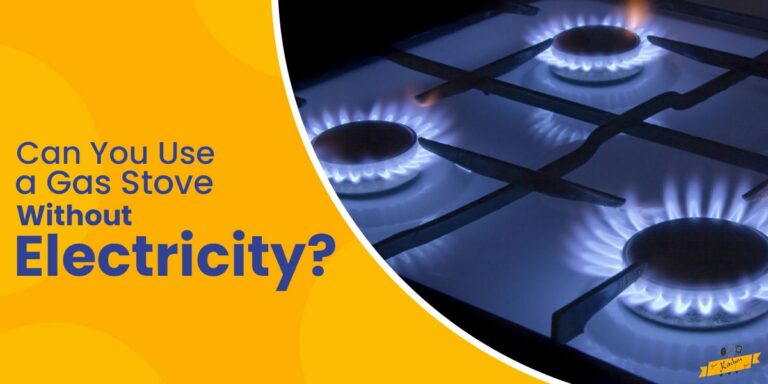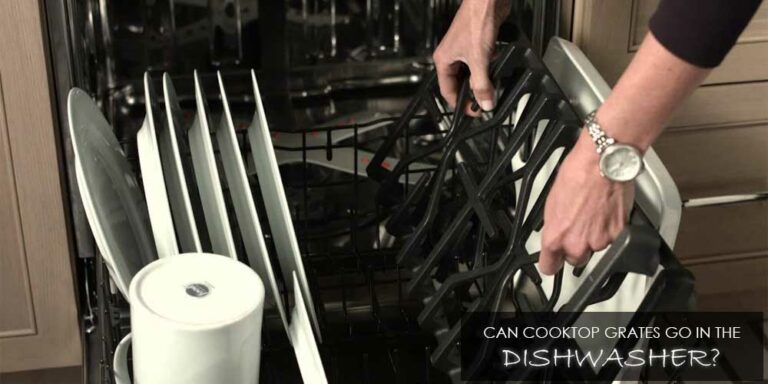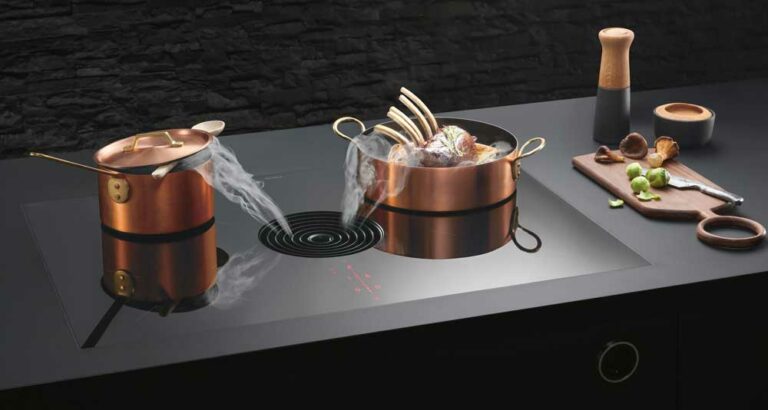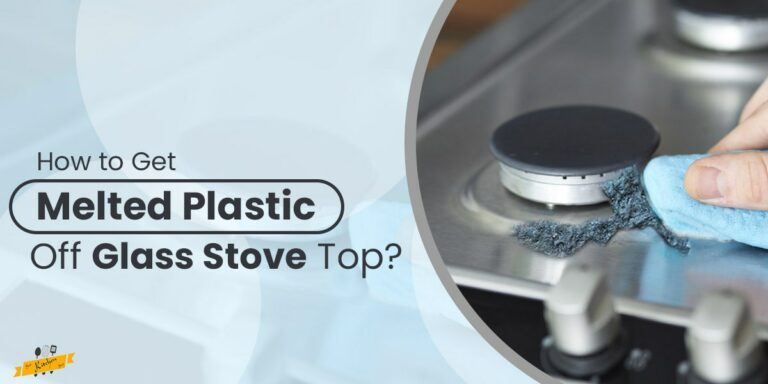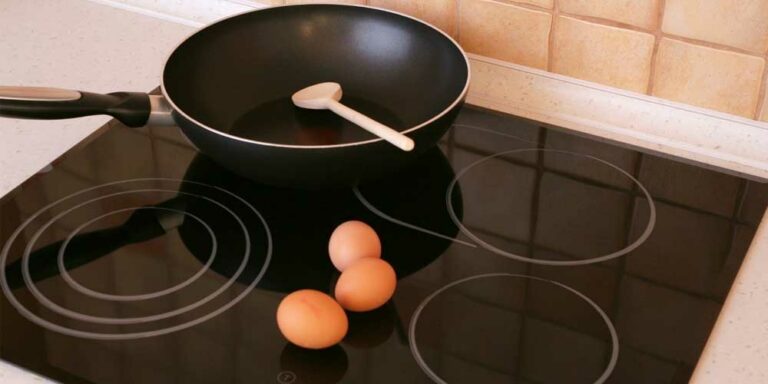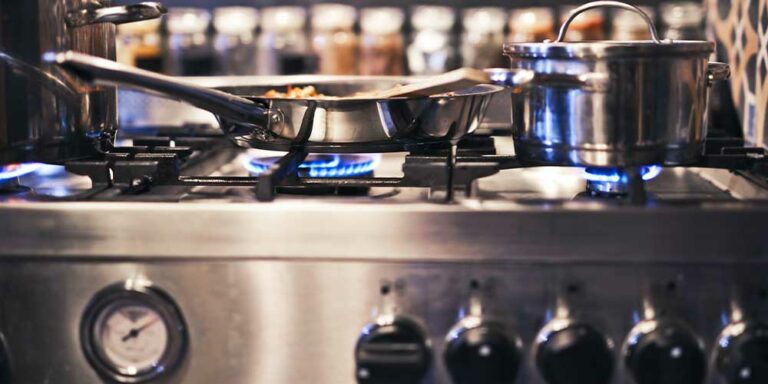Can Induction Cooktop be Installed Over an Oven?
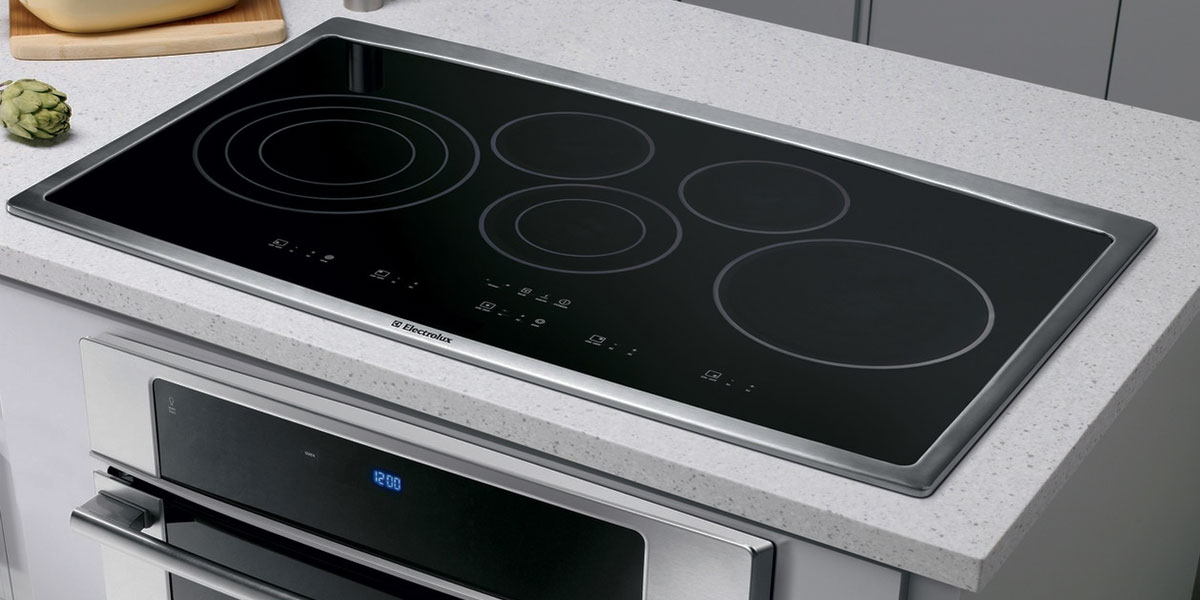
If you’re someone who is currently living in a big city, chances are that you’re always short of space in your apartment. You might also be hunting down decor options that require you to conserve space, and the same applies to your kitchen. These days, space-conserving appliances are all the rage – because who doesn’t appreciate some actual space to walk around?
A way to make sure that this happens is by installing all your kitchen appliances close to each other – this way, they’re not just scattered around your kitchen. Not only this, the whole space looks more compact and sleek as well! Having an induction cooktop over wall oven can be one of the changes you might want to consider.
There are a ton of advantages to doing so, and it’s actually more functional to invest in cooktops over ovens, rather than a range (induction slide-in range, double oven gas range, or professional gas ranges) . A surefire way to get that desired space in your kitchen is to install your induction cooktop over your oven. While the procedure may sound difficult at first, it is actually quite easy to get that extra space that you’ve always dreamed of. So let’s get into talking about cooktops over ovens.
Installing Induction Cooktop Over Oven
Induction Cooktop Installation Requirements
There are a few things that you have to necessarily keep in mind while installing your induction cooktop. It can be quite tricky to get the measurements just right so you’ll need to be very precise here.
- If you’re installing your induction cooktop at a completely new place, make sure to contact your electrician to make sure that the wiring is just right. You don’t want to be done with the installation process and find out that there is a wiring issue.
- If you had previously had an induction cooktop at the exact same spot, then the safest bet would be to purchase another with the same measurements from the same manufacturers.
- If you’re planning to install an induction cooktop over an oven, then it’s necessary to invest in a separation plate as well to make sure that air is flowing and there is adequate ventilation.
- Make sure that the cutout in your countertop is able to fit the hob of the induction cooktop.
- Once you’ve successfully fitted your induction cooktop, check for any clamps, brackets, or clips that will clasp your induction cooktop into place. Check if all burners are fully functional by boiling some water on all of them.
How To Install Induction Cooktop Over Oven?
Luckily, all you need is the right equipment in the proper measurements. The installation process of getting your induction cooktop over your oven is extremely easy.
Step 1: Look for a source of power first near the general area of where you want to be installing your induction cooktop. It’s necessary for it to be close to the induction for ease of access.
Step 2: Your induction will necessarily need good ventilation as well, so make sure that you’re perusing the instruction manual to determine the proper method of ventilation here.
Step 3: As we’ve mentioned before, it’s extremely important for the countertop cutout to be the same size as the induction itself. We don’t want it to be too large or too small in any way.
Step 4: Make sure that the cutout is an optimal distance away from the walls surrounding it, and that the depth of the cutout is at least 600 mm deep – and enough to accommodate the induction cooktop.
Step 5: It’s time for the actual installation process. Lower down the induction cooktop into the cutout and push it into place so that it’s not sticking out in any way.
Step 6: After this is done, there will be some kind of bracket or sealant that you will have to attach to the cooktop so it stays firmly in place.
Step 7: Remember the separation plate we mentioned? That will come in handy with separating the wall oven and the induction cooktop.
Step 8: You’re mostly done by this point – but make sure to double-check for any further steps, both in your instruction manual and your user manual.
And there you have it! You now have your induction cooktop installed over your wall oven, and it only took a few steps to do so as well. Enjoy the new futuristic setting of your kitchen.
Issues You Might Face While Installing
While installing your induction cooktop above your wall oven, there are several issues that you might face that mostly have to do with brand differentiation. The biggest challenge you might face is the difference in measurements across brands. Since it is possible for the gas valve to be located at different places with different brands, this can pose quite a problem during the installation process.
The best thing to do here is to conform to the same manufacturer for your induction cooktop as well as your wall oven. Common manufacturers can take care of the discrepancies in the gas valves and fit the pipe directly in the wall oven.
It’s not a watertight rule, however. It is quite possible that the same manufacturer might have different sizes for their products, so it’s always best to check before investing.
Advantages Of Installing Induction Cooktop Over Oven
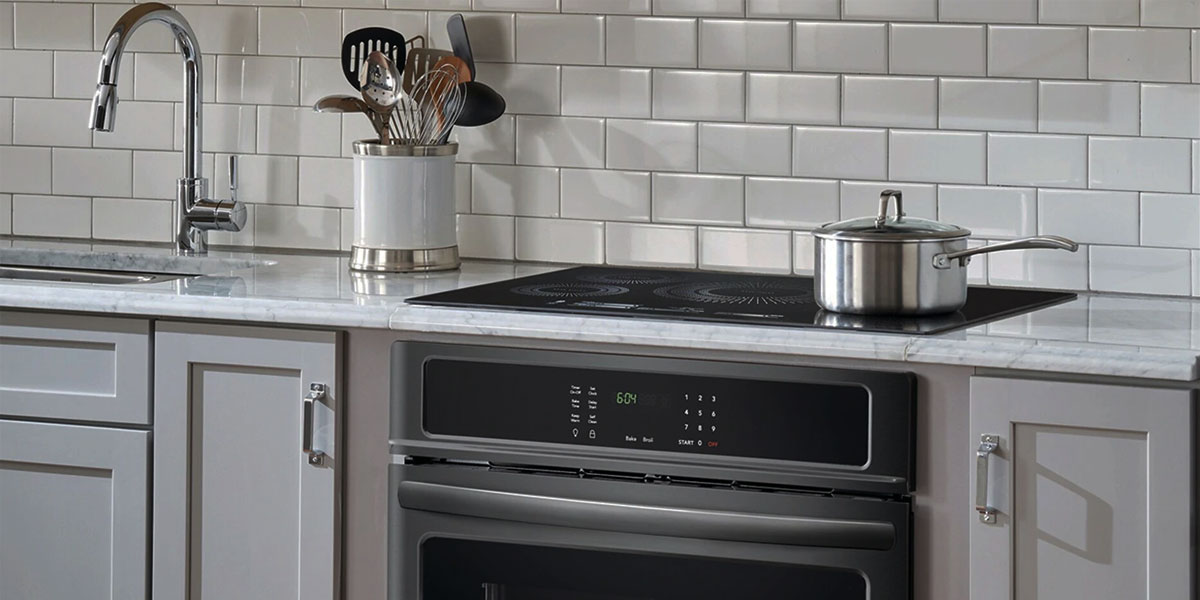
If you’re still unsure of whether you should conduct an induction cooktop installation over your wall oven, let us make the decision a little easier for you. We all know how induction cooktops are energy efficient, are less time-consuming, and are overall extremely easy to keep clean. It is almost a no-brainer to be investing in an induction cooktop.
Over an oven, the induction cooktop will make your kitchen space look extremely functional and clean. It leaves space for you to fit other appliances and cabinets into your kitchen, ad save up massively on space.
It is also a better idea to put an induction cooktop over a wall oven rather than a cooking range – the former gives you a variety of functions and is also exponentially more durable and efficient.
Conclusion
As you might have noticed, this is an extremely easy decision to make if you think you’re someone who’s short of space all the time, or if your kitchen feels overly full. In terms of functionality, these products work very well together. You’ll be able to save the insolation and time required for cooking – something we all want. The only thing you want to make sure of is getting the right equipment, measurements, and a common manufacturer if possible. Welcome to newfound sleekness in your kitchen!

